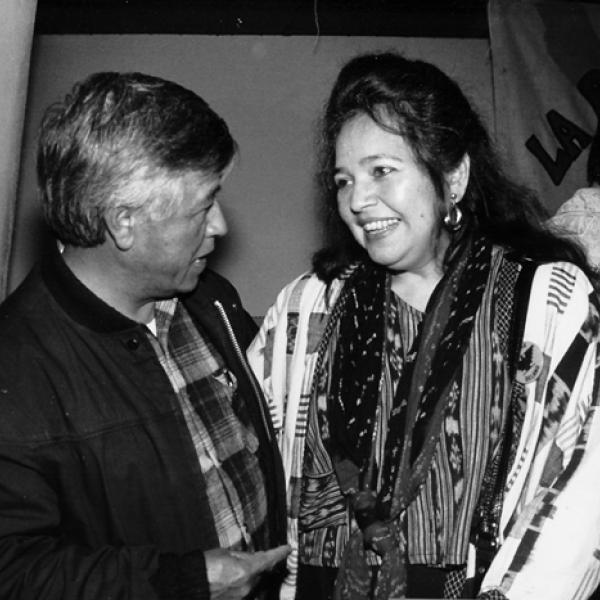Service-Learning in Chicano & Latino Studies
Service-learning activity usually falls into two categories:
Type 1: Teaching/tutoring/sharing knowledge from the class
Example: Students at Willamette University in Salem, Oregon, took part in a service-learning project called the Migrant Education Program. At the local level in Salem, the partner in the program was the Salem-Keizer School District that has a substantial population of children whose parents work in agricultural-related occupations. The Spanish-speaking university students were able to “implement his or her approach to accomplishing the set goal of ‘vocabulary building and acquisition of oral communication skills.’ “ Upon reflecting on their experiences students noted “their own fears and values; they feel a sense of solidarity with the child who is afraid of being laughed at: Many have been there before….this creates an environment in which everyone learns because the authority and power granted by knowledge are actively deconstructed, with both the pupil and tutor functioning as learners and teachers.” The efforts of the university students were acknowledged with small tokens of appreciation from the community partner. In the end, the “students became aware that we are not value-free in our judgments and that language acquisition is part of learning a culture. We cannot learn one without the
other.” 1
Type 2: Using information from the class to do something with/for a community organization.
Example: Students enrolled in a cross-discipline course in Raza Studies and Criminal Justice at San Francisco State University were able to see firsthand some of the injustices that occurred at the local juvenile hall. As part of the project, the university students made “plans of action for social change in local communities.” They were asked to come up with “rehabilitation strategies and alternatives to incarceration” after observing the youth and gaining insight into life at juvenile hall. The service-learning project “put students more directly in touch with the human meaning of racial bias.” As one student reflected, “You talk about how the jails are filled with Blacks and Latinos but I couldn’t really believe it. When I walked into juvenile hall the first (day) I believed it. I didn’t see one white face.” Another student stated, “It’s humbling to realize that what I do or don’t do affects someone else besides just me sometimes with serious consequences. It’s an awesome responsibility but it makes me feel good about myself. What I am doing is about more than just my grade.” 2
Please contact [email protected] for more information
1 Varas, P. “Raising Cultural Awareness Through Service-Learning in Spanish Culture and Conversation: Tutoring in the Migrant Education Program in Salem.” Construyendo Puentes (Building Bridges): Concepts and Models for Service-Learning in Spanish. Eds. Josef Hellebrandt and Lucía T. Varona. Washington D.C.: AAHE, 1999. 123-135. Print.
2 V. “Social Justice and Community Service learning in Chicano/Latino/Raza Studies.” Race, Poverty, and Social Justice: Multidisciplinary Perspectives Through Service Learning. Ed. José Z. Calderón. Sterling: Stylus, 2007. 207-224. Print.



